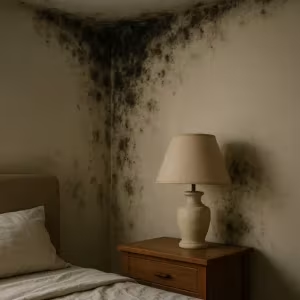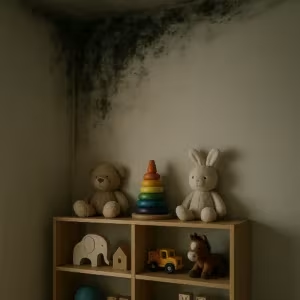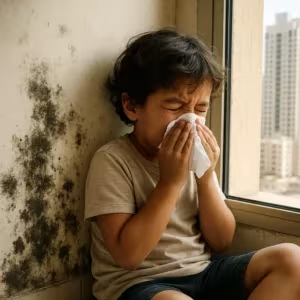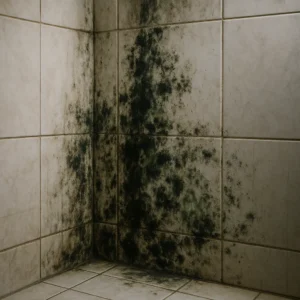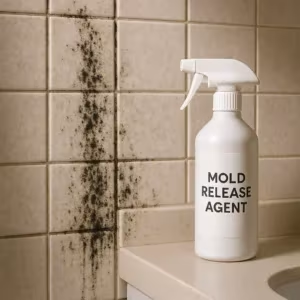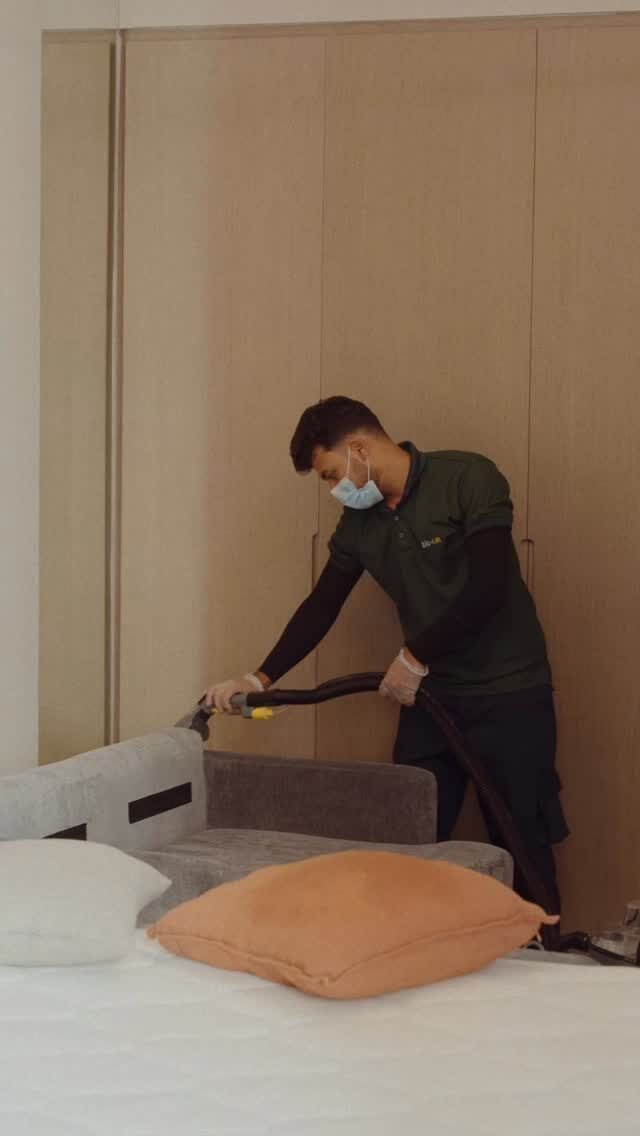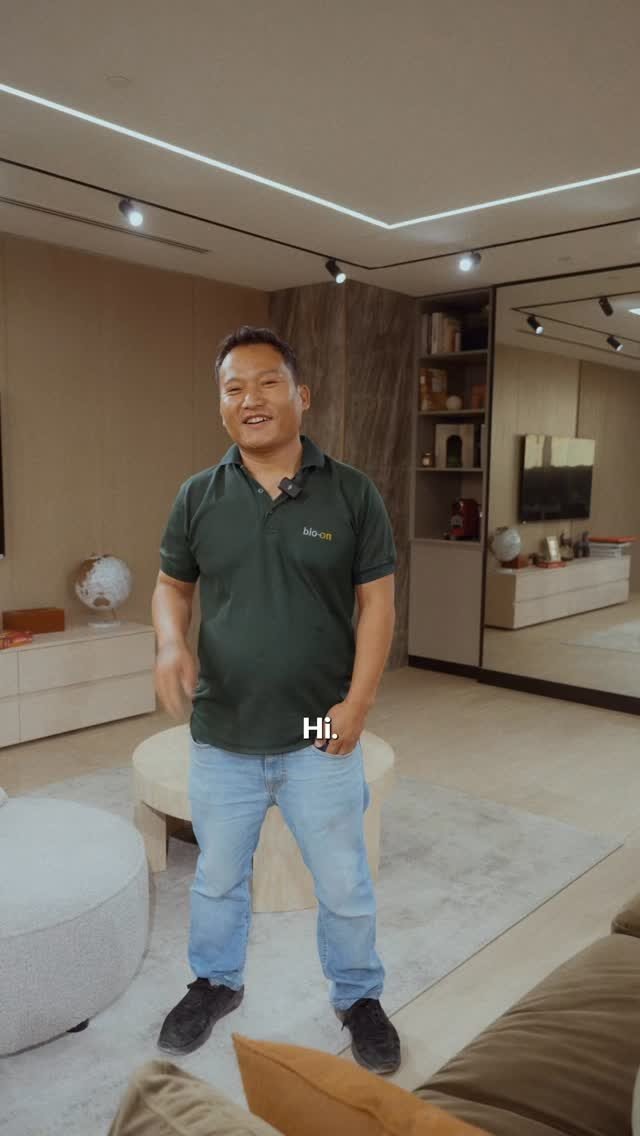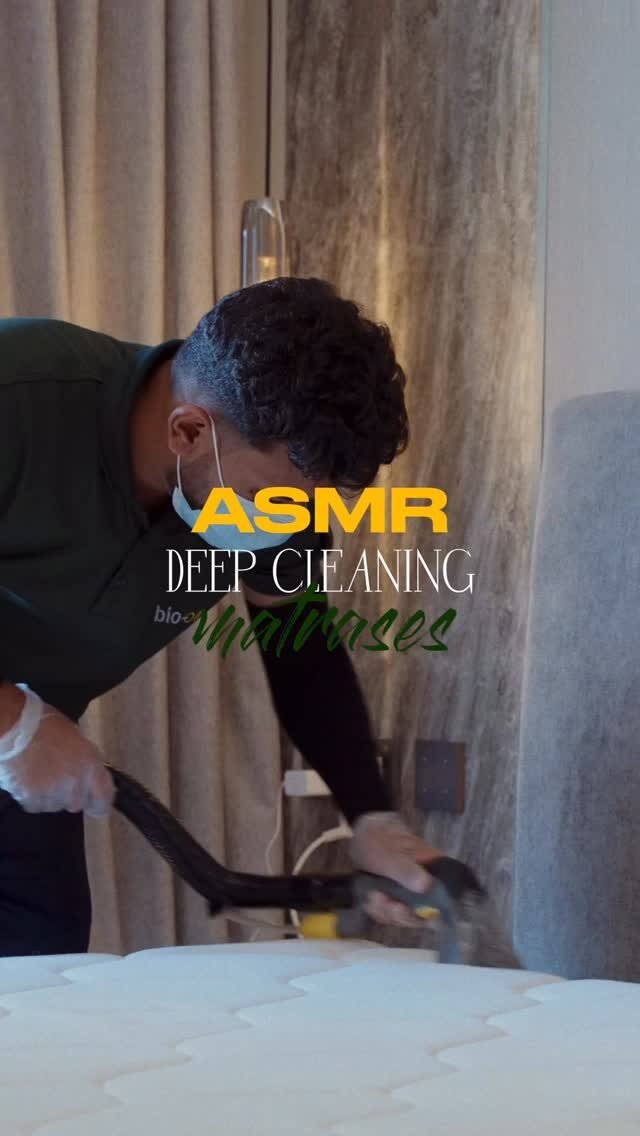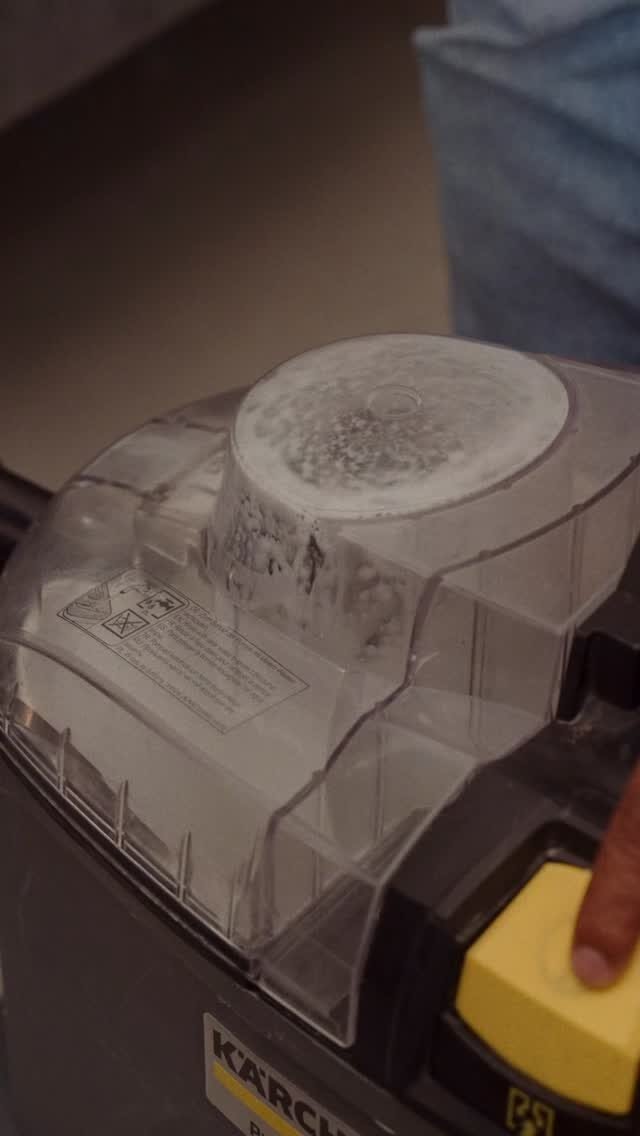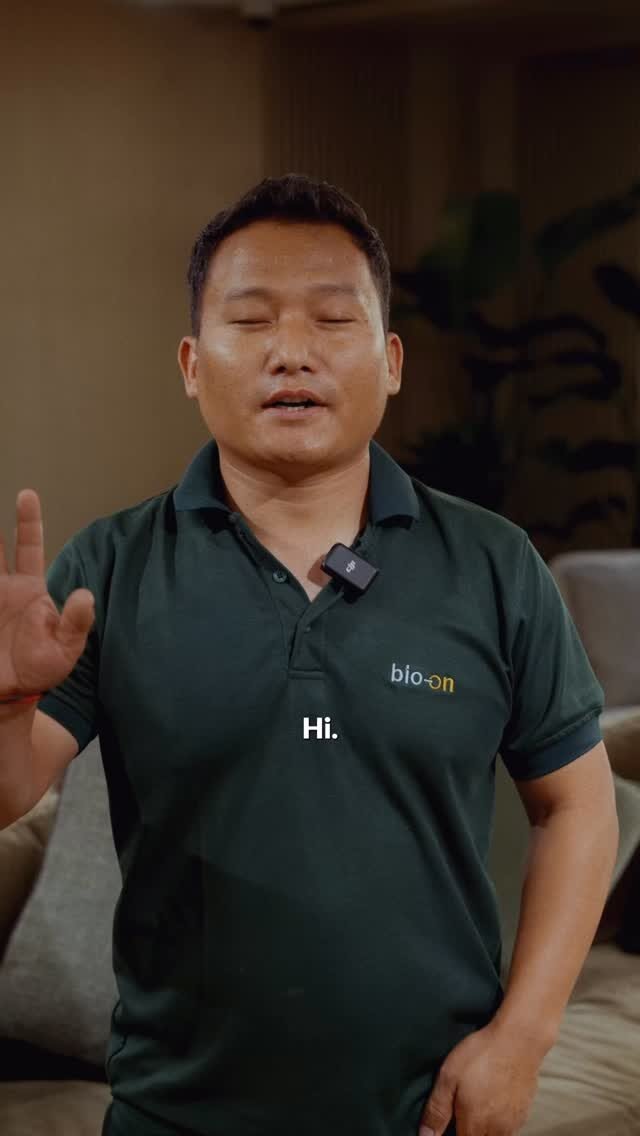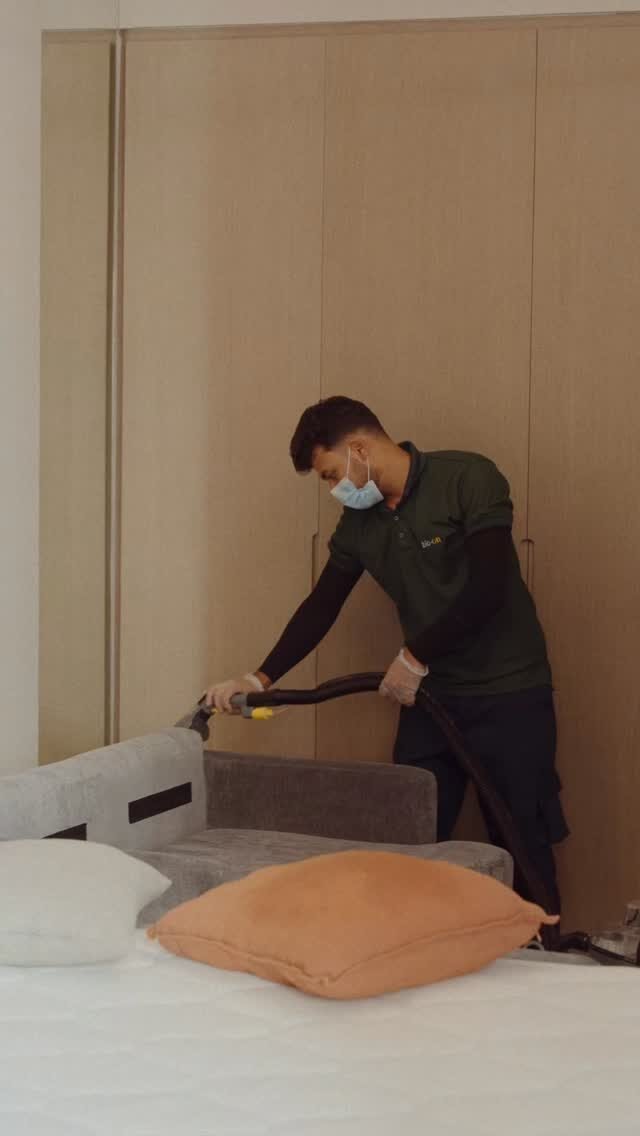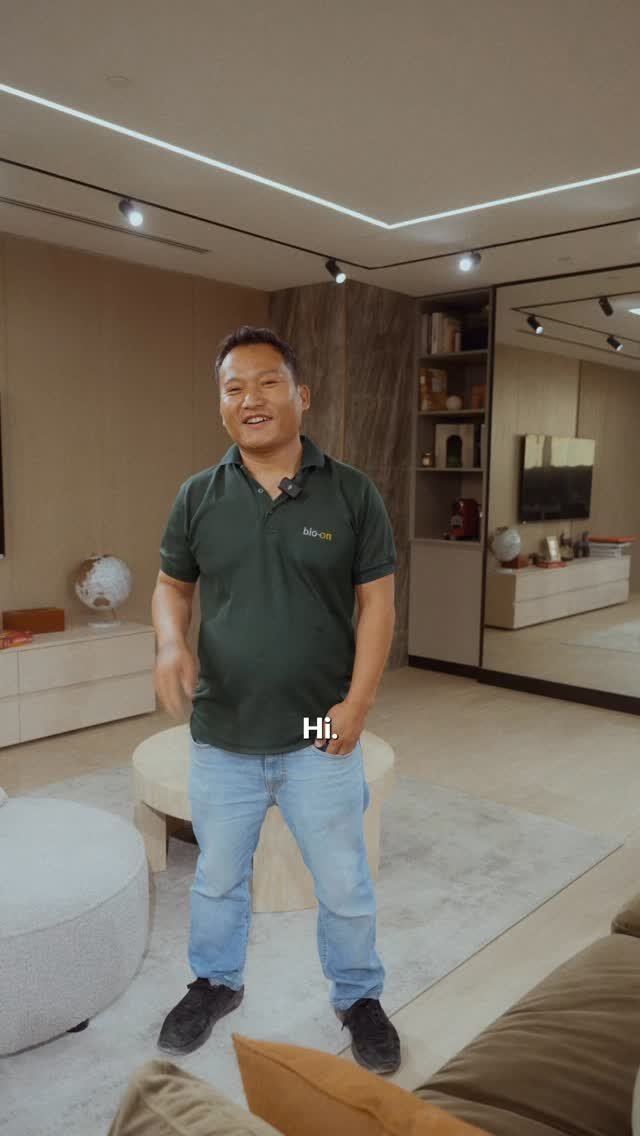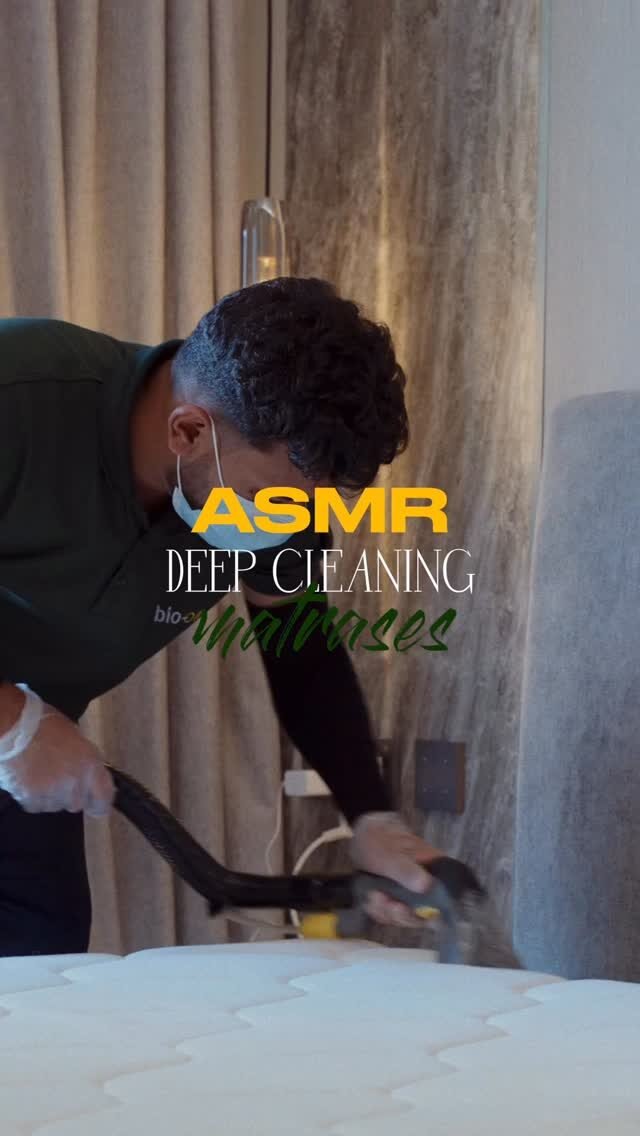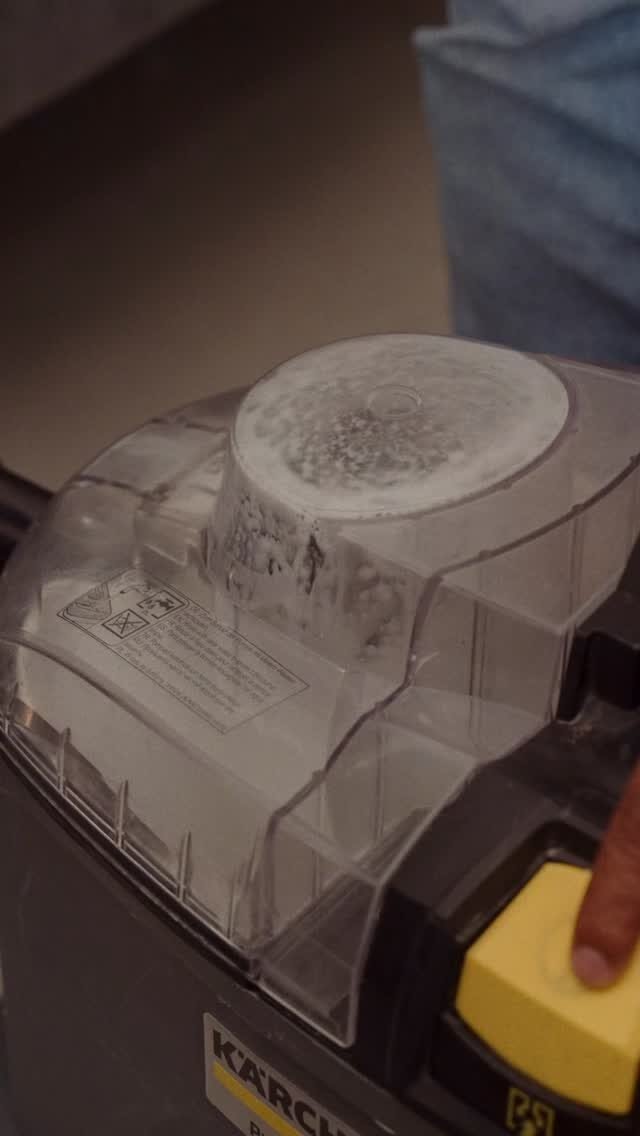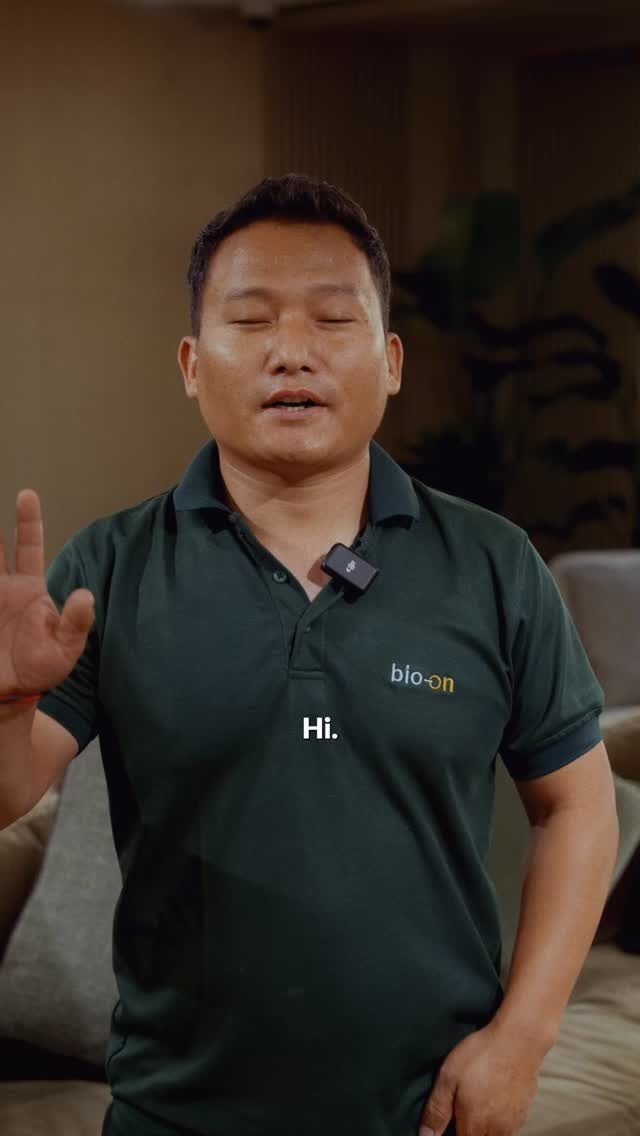Have you noticed strange spots on your walls or ceiling and wondered if it’s mold? You’re not alone. In many homes across Dubai, Abu Dhabi, and other Emirates, mold starts out small—but its shape can tell you a lot about what’s going on.
Some molds look fuzzy and round. Others form flat, wet-looking patches. The shape, texture, and color of mold aren’t just cosmetic—they help you identify how severe the problem is and how fast you need to act. And in the UAE’s warm, humid climate, mold spreads quickly if ignored.
In this guide, we will walk you through the most common mold shapes found indoors, explain what each one might mean, and show you what to do if you spot them. Whether you’re a homeowner, tenant, or property manager, learning to recognize mold by shape is your first line of defense against poor air quality and health risks.
Table of Contents
Toggle1. Why Mold Shape Matters in Early Detection
Most people only notice mold when it gets big or starts to smell. But if you learn what early mold looks like—based on its shape—you can act fast before the damage spreads. Certain shapes signal active growth or toxic types, while others may be less harmful.
For example, circular fuzzy patches often mean early growth, especially in areas with trapped moisture like under a carpet or behind furniture. On the other hand, flat black smears on a bathroom wall could indicate toxic black mold, especially if they’re sticky or spread fast.
Understanding the shape also helps professionals like us at Bio-On know what kind of mold we’re dealing with. That’s important, because some molds release dangerous spores that need special handling, while others can be treated with standard cleaning techniques.
Think of it like a visual alarm system—the mold’s appearance is telling you a story. The sooner you notice it and understand what it might mean, the faster you can fix the issue before it affects your health or home structure.
2. The Most Common Mold Shapes in UAE Homes
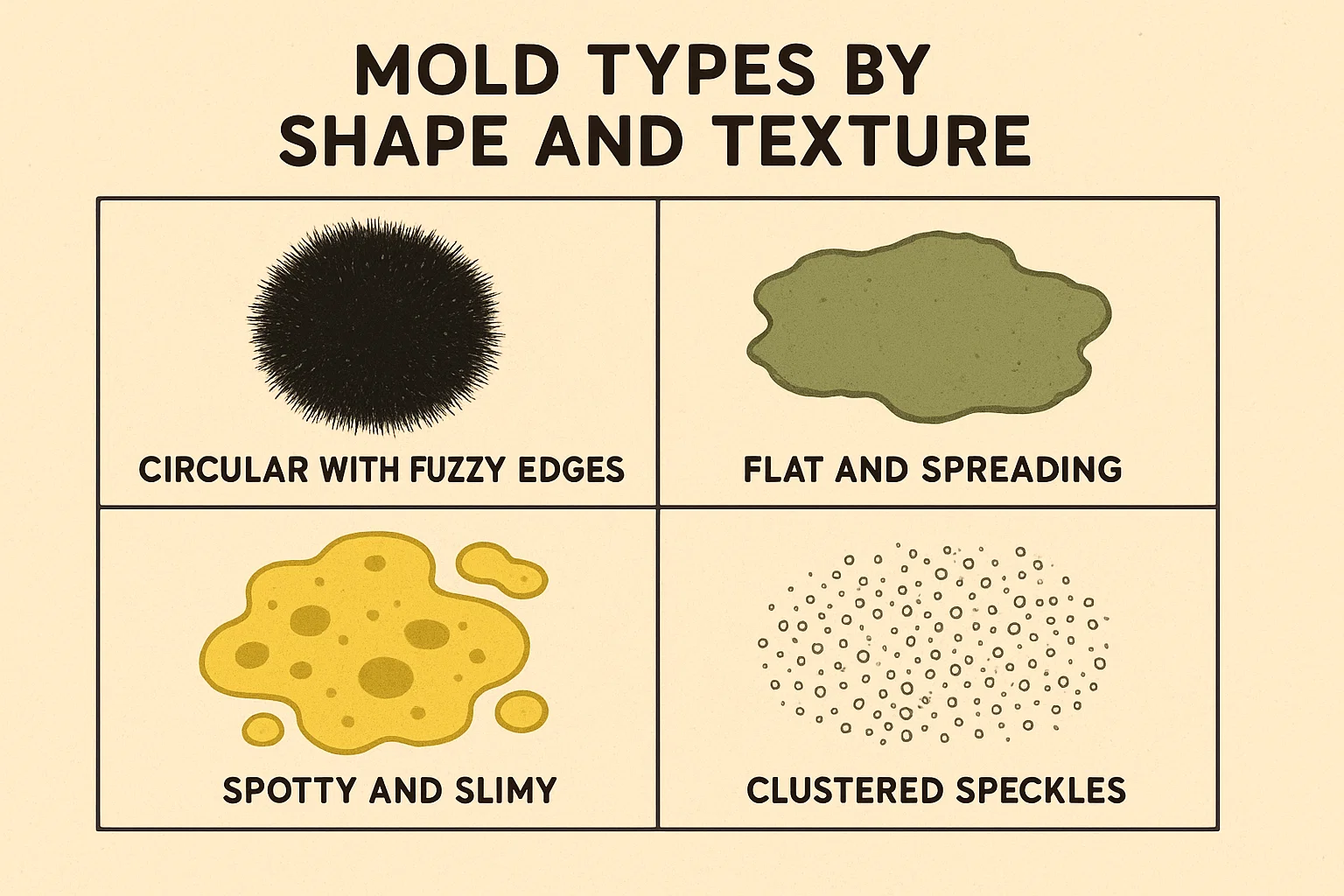
Mold doesn’t always look the same. Different types form different shapes and colors, depending on what surface they grow on, the humidity levels, and how long they’ve been active. Below are the most common mold shapes you’ll likely find in UAE homes:
1. Black circular patches: These are often small at first but can expand quickly. Common near air vents, in bathrooms, or around windows. May indicate Stachybotrys (black mold), especially if sticky or oily.
2. Fuzzy green spots: Typically found on fabric surfaces like carpets, sofas, and curtains. Green mold often appears soft or cottony and is a sign of ongoing moisture problems in furniture or flooring.
3. Flat and slimy patches: Usually yellowish, brown, or black. These appear on kitchen walls, near pipes, or under sinks. They may spread in irregular shapes and feel wet or greasy to the touch.
4. White powdery clusters: Early-stage mold, often mistaken for dust. Found on drywall, in closets, or behind wallpaper. This type can be ignored until it grows—but that’s risky.
5. Yellow or orange mold colonies: Seen on wooden surfaces, stored boxes, or behind fridges. May appear jelly-like or spongy, and often means high humidity over time.
Each shape and texture has a story behind it. If you recognize any of these patterns, it’s time to look closer—or better yet, get a professional assessment to make sure it’s not a bigger issue hiding beneath the surface.
3. How to Know If the Mold Shape Means Danger
Not all mold shapes are equal. Some may just be cosmetic and easy to wipe off. Others are more serious—especially if they appear in certain locations or spread quickly. Knowing when to worry is key to protecting your health and your home.
Here are signs that the mold shape you see might be dangerous:
- Thick, black, or oily textures: These often point to toxic black mold, which can affect your breathing, especially in poorly ventilated spaces.
- Rapid spreading colonies: If the patch doubles in size within a day or two, it may indicate aggressive mold growth fueled by hidden moisture.
- Mold growing in or around AC vents: This spreads spores through the air, increasing exposure and worsening symptoms like coughing or eye irritation.
- Thread-like or spider-web mold: Mold that spreads in tendrils or patterns across walls often signals an advanced infestation and hidden mold inside structures.
- Combined with musty smell or moisture stains: If the shape comes with odor and wall discoloration, mold has likely penetrated deeper than the surface.
These clues don’t require special tools—just awareness. If you notice even one of these patterns, it’s worth taking a closer look or calling for a professional inspection. In the UAE’s hot climate, mold grows faster than most people expect.
4. What to Do When You Spot Mold at Home
Once you’ve identified suspicious mold shapes in your home, resist the urge to grab a cloth and start scrubbing. Some cleaning products (like bleach) can actually worsen spore release. Plus, disturbing mold without the right protection may expose you and your family to health risks.
Here’s what to do instead:
- Do not touch it directly. Use gloves if you must handle anything near it.
- Increase airflow. Open windows, turn on exhaust fans, and reduce humidity using a dehumidifier or dry mode on your AC.
- Document the mold shape. Take photos of the mold area and note how it changes over 24–48 hours. This helps when you consult a mold expert.
- Avoid spraying chemicals randomly. Household sprays may mask the mold but won’t kill the root cause, and can cause toxic fumes indoors.
- Call a licensed mold remediation team. The safest and fastest solution is to get experts involved, especially if the shape suggests toxic or hidden mold.
At Bio-On UAE, we specialize in identifying mold types by shape, texture, and growth pattern. Our inspection includes moisture detection and eco-safe testing—so you know exactly what you’re dealing with and how we’ll fix it.
If you’re unsure whether the mold is serious or not, don’t take chances. Click the contact button on the right-middle of this post to get help from our team within 24 hours.
5. How Bio-On UAE Identifies and Removes Mold Safely
At Bio-On UAE, we don’t just look at mold and guess. We inspect, analyze, and eliminate it the right way—using international standards, eco-safe treatments, and UAE municipality-approved protocols. Whether you’ve spotted a round black patch or a fuzzy green colony, we treat each case with care.
Our process includes:
- Visual and UV mold detection: We examine mold shapes and colors using specialized lighting to assess growth stages and contamination levels.
- Moisture mapping: Hidden leaks and damp areas are often the reason mold keeps returning. We find and resolve those sources first.
- Safe, non-toxic removal: We use hospital-grade disinfectants that are tough on spores but safe for children, pets, and sensitive materials.
- Containment and air purification: For severe mold, we isolate the area and use HEPA air scrubbers to prevent airborne spread during treatment.
- Post-remediation testing: You get peace of mind knowing the area is mold-free—with photo documentation and follow-up options.
Whether you’re dealing with early signs or years of built-up mold, our team is trained to restore your indoor air safely and permanently. We cover all Emirates—including Dubai, Abu Dhabi, Sharjah, and Ras Al Khaimah.
Concerned about a strange shape or color on your wall? Click the contact button on the right-middle of this post to schedule your inspection today.
Conclusion
Identifying mold by shape is one of the smartest things you can do to protect your home and health—especially in the UAE’s hot and humid environment. Whether it’s black and circular, green and fuzzy, or flat and slimy, each mold shape tells a story. Don’t wait until symptoms show up or the damage spreads.
We at Bio-On UAE are here to help you act fast and act smart. With our professional mold remediation services, advanced detection tools, and friendly team, you’re not alone in this. Let’s remove the guesswork—and the mold—so you can breathe easier again.
Click the contact button on the right-middle of this post to get expert help today. Clean air starts here.








